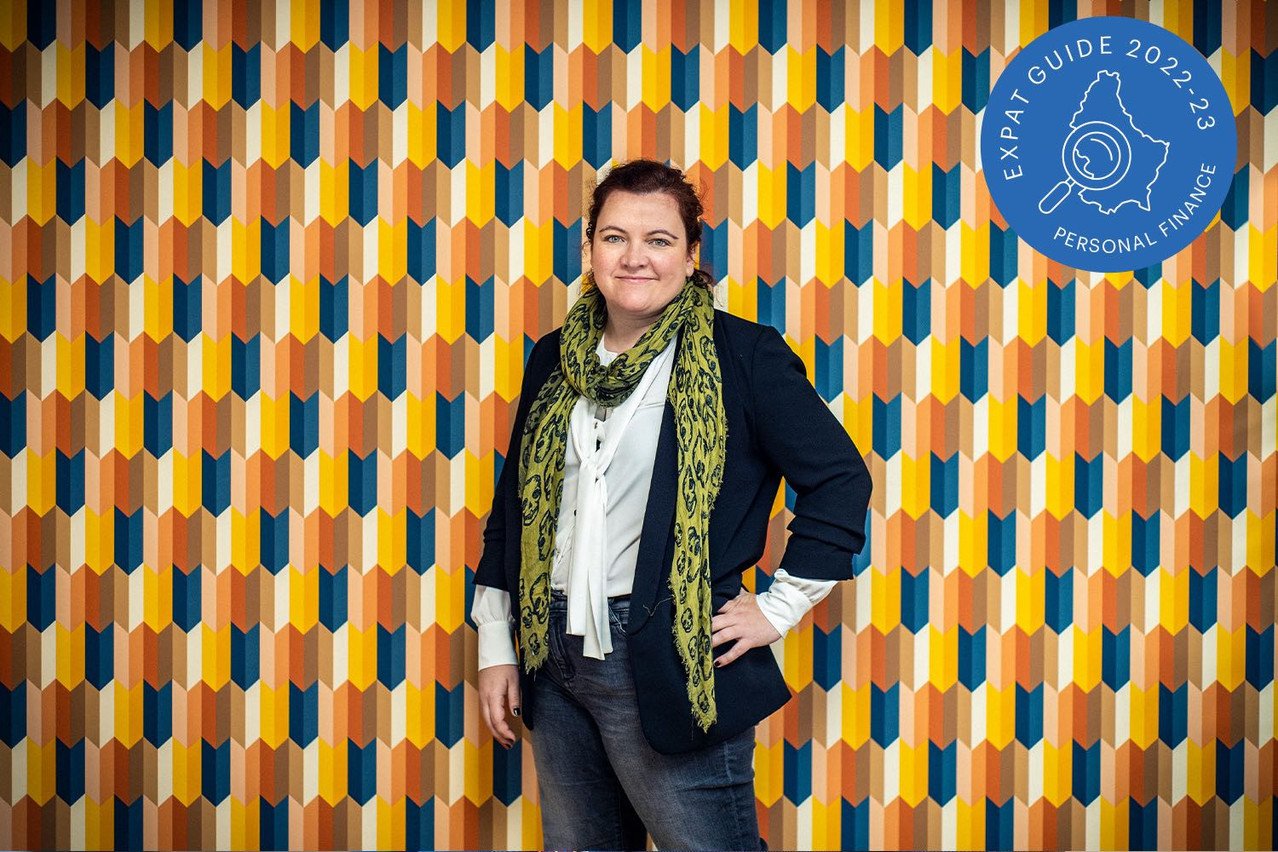, CEO of Startalers, a fintech startup, and Capitana, an investing app, shared these general suggestions for starter investors, which naturally are not specific to everyone’s individual situation.
Prepare your budget and reserve fund
Haag said there are “two factors” to consider “before starting your journey as an investor.” First, it is important to sketch out a “rough idea of what your investible savings really are.” It is essential to know “the difference between delayed expenses and real savings” and to “have a basic budget in place.”
Second, set up and maintain an “emergency fund”. For younger professionals, that should be “three to six months of expenses, for ‘in case’. If you lose your job or have a mishap or have an unforeseen expense, you [should] always have the liquidity to cover it without having to sell an investment if it’s not the right time to sell.”
Getting started: Do it yourself
Now that it’s time to start investing, “there are two ways you could go,” said Haag. “First, ‘do it yourself’. That requires a bit of self-education.” There are plenty of resources available on social media and from websites that would “allow you, with just a few hours’ time invested, to have a grasp on where to start.”
Haag suggested that investors doing it themselves start with exchange-traded funds. ETFs typically invest in several companies and in several sectors at the same time, which “allows you to diversity your portfolio even with a very small amount,” she said. “You can literally start with €10-€15 and buy your first shares.” Type “ETF” with “diversified” in a search engine to have an initial list to screen.
In the grand duchy, the best known trading platform is , which charges a 0.1% commission. Most banks offer ETFs, but Haag said the fees are higher. Luxembourg residents can use a platform based in another EU country, “which are as good as those in Luxembourg,” but that will require a bit more extra work on your annual tax filing.
Getting started: Use a platform
The other route to take is let a platform select a portfolio for you, using a so-called robo advisor. , which has a focus on socially responsible investments, only requires €50 to open an account and then you can investment any amount you like each month. Investors can get started on Haag’s app with just €10 or €20 a month. The state savings bank Spuerkeess’s requires a minimum investment of €500 and then €50 per month.
Read also
Monthly contributions
There are two reasons to put a minimum amount in your investment account each month. First is to make “compound interest work for you,” she said. “In very simple terms, every year your investment yields capital gains or interest, which are themselves reinvested, which then yield more returns.”
Haag then pointed to the old saying that ‘time in market is more important than timing in the market’. It is “more important to be consistent and invest regularly.... if you invest €10 or €15 or €20 every month and let’s say, for a specific fund, when markets are high one share will be priced at €20 and when markets are low a share will be €10. If you invest the same amount every month, you will buy more shares when the market is low and less shares with high, on average... in theory you would have invested at the fair price.”
Play the long game
“It is very important and you should definitely keep in mind that investing is a long-term game. So if you’re in it for two or three months, it’s not worth the hassle, I’d say. You risk being quite frustrated with the outcome.” She recommended having a long-term goal, of at least five years for younger professionals.
In addition, “do not look at your portfolio every day. The more you look at it, the higher the probability that you’re going to take a suboptimal decision on when to sell.” When financial markets go down, it “doesn’t mean that you’ve lost money because you haven’t sold your position,” she said.
However, “psychologically it feels like you lost money,” so she said long-term investors should check their portfolios “only once per month”. If markets dip, “most likely the situation will not be as bad in six months.” On the other hand, “if you check every day, you will be reminded of that ‘loss’,” which is not necessarily a real loss, and be “more likely to panic sell.”
When should you sell?
The timing for selling investments should be “linked with your own objectives, when you do actually need that money and for what, rather than short-term market conditions.” For example, cashing out an ETF for a down payment on a home purchase is a worthy financial goal and a good reason to sell.
“Investing is really long-term,” she stressed. In Haag’s view, “trading shares every day is more speculating than investing”. A slow and steady buy and hold approach might not be glitzy, “but over time I would say it’s the most successful strategy.”
.
